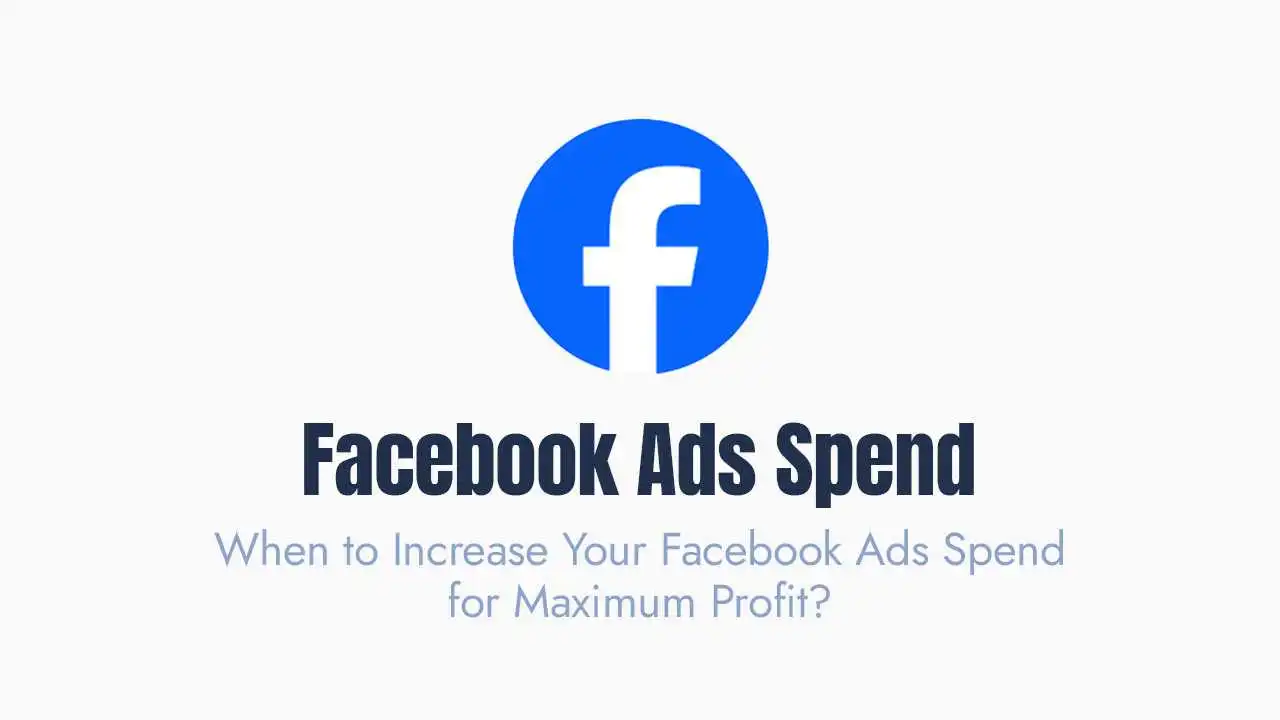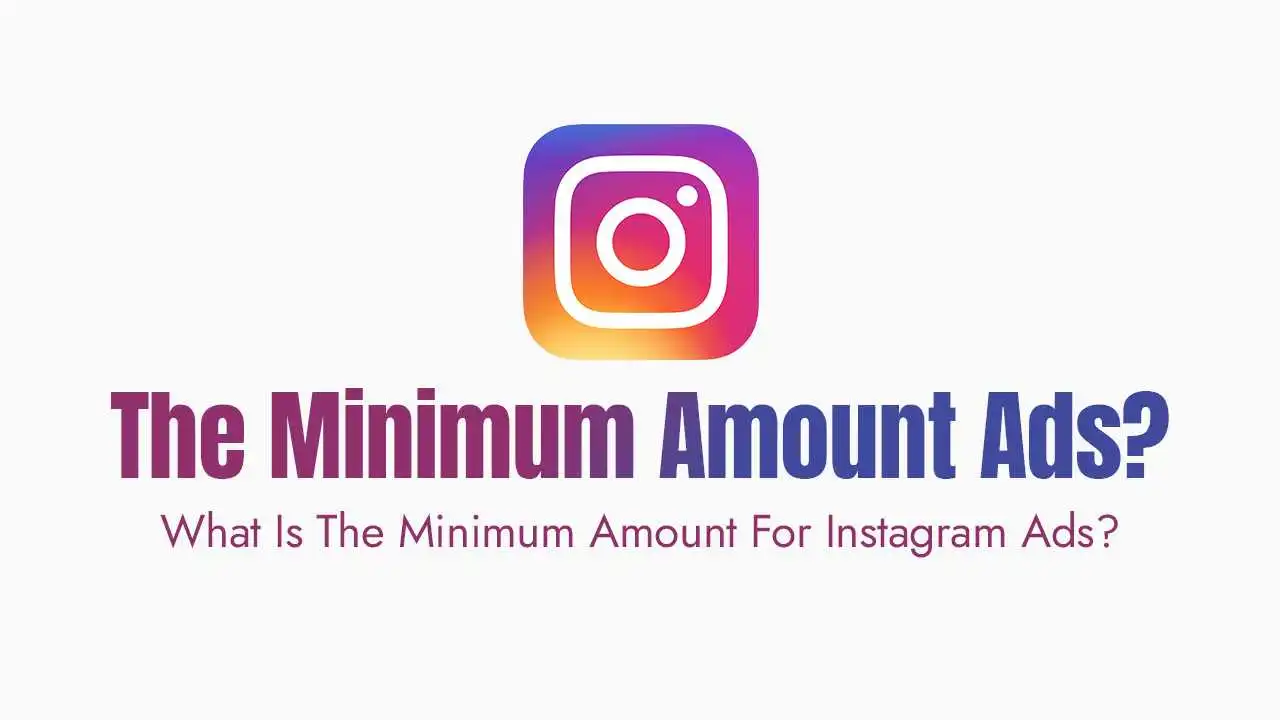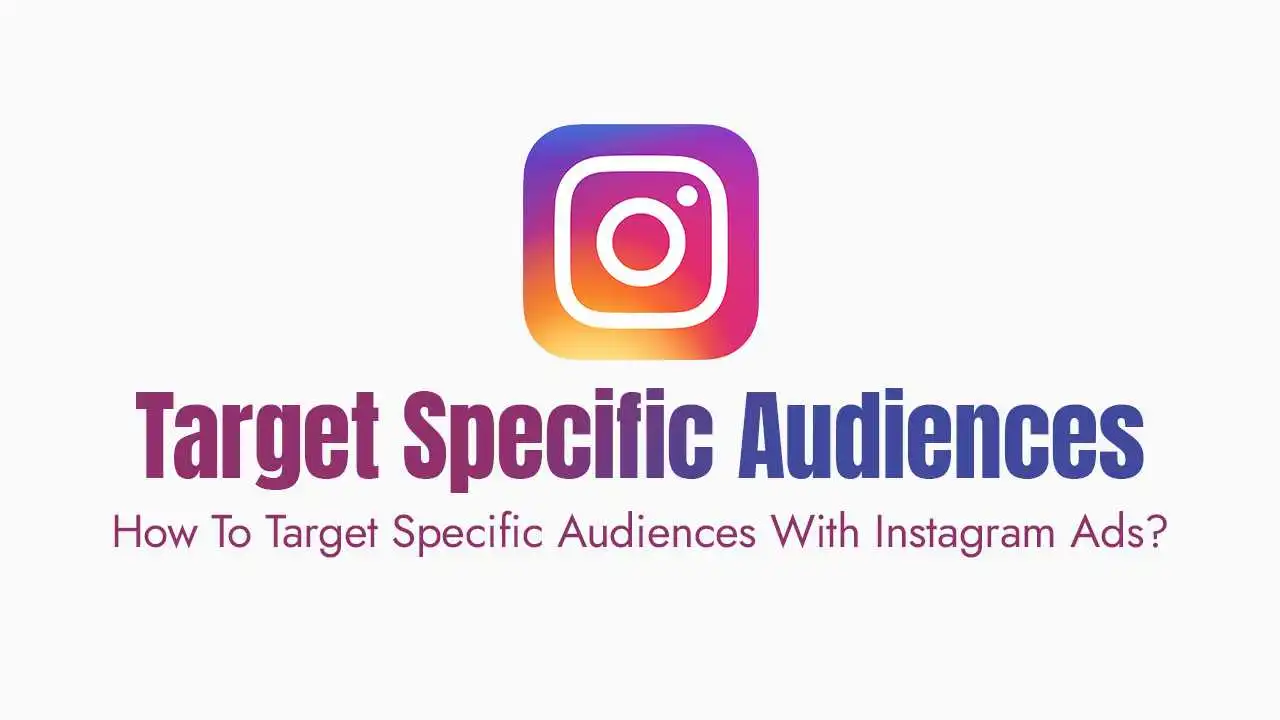You’ve done the hard work. You’ve finally dialed in your Facebook Ads and are seeing great results. The pressure is now on: how do you scale that success without losing it all?
The feeling is universal: You’ve finally nailed your Facebook Ads, and every dollar you put in is coming back, multiplied. But the next step, scaling, can be terrifying. What if I increase the budget and the performance tanks? What if my ROAS drops and I waste money chasing growth?
Scaling your ads is often the riskiest—but most rewarding—step. The good news? Scaling profitably isn’t about guessing or arbitrarily slapping more money onto a campaign. It’s a systematic, data-driven process based on analyzing key performance metrics and understanding how Meta’s platform signals work.
We’re going to walk you through the exact framework we use to scale budgets safely. This process requires constant, daily monitoring and sophisticated risk management—precisely why many successful brands partner with a specialized Facebook Ads agency to handle the complexity.
3 Non-Negotiable Metrics Before Scaling:
Before you touch that budget slider, you need a stable foundation. Scaling an unstable account is like accelerating a car with a flat tire—it’s going to end badly. These three checks are your “Green Light” signals that your ad account is ready for growth:
Consistent ROAS (Return on Ad Spend):
The Requirement:
Your ROAS must be consistently above your break-even point (or your target profit point) for at least 7 to 10 consecutive days.
Why It Matters?
If your ROAS is fluctuating wildly (good one day, bad the next), increasing the budget will only amplify that volatility, leading to massive losses on the “bad” days. Consistency proves you have a reliable winning formula.
Conversion Window Stability (Accurate Data):
The Requirement:
Ensure your Facebook Pixel and CAPI (Conversions API) tracking are showing a stable, healthy number of conversions with minimal data loss.
Why It Matters?
Scaling without accurate, reliable data is just guessing. You need to be 100% sure that the conversions Meta is reporting are actually happening. If your tracking is weak, you’ll be spending more based on faulty information.
Low Frequency Rate (Audience Health):
The Requirement:
Keep your frequency low, ideally under 2.5 for cold audiences.
Why It Matters?
Frequency tells you how many times the average person in your audience has seen your ad. A high frequency indicates ad fatigue—people are tired of seeing your message. Increasing the budget when frequency is high means you’ll quickly burn out the audience and your performance will immediately crash.
3 Ways to Safely Increase Your Budget:
Once you have your “Green Light,” here are the three practical strategies for increasing your budget while minimizing the risk of a performance drop:
The Vertical Scaling Method (Budget Bumps):
How to Use It?
This is the simplest and most common method. Take a single, high-performing ad set and increase its budget by 10% to 20% every 48 hours. Crucially, do NOT exceed a 30% increase in one go.
When to Use It?
When you have a few winning ad sets and want to quickly extract more volume from the exact creative and audience combination you know is working.
Risk Mitigation:
Immediately after the increase, watch the performance over the next 4 hours. If you see a sudden, sharp rise in your CPA (Cost Per Acquisition) or a drop in ROAS, pause and revert the change.
The Horizontal Scaling Method (Audience Expansion):
How to Use It?
Instead of increasing the budget on the same audience, you duplicate a winning ad set or campaign and target a new, slightly broader audience. For example, if a 3% Lookalike Audience is crushing it, duplicate the ad set and test a 5% Lookalike Audience.
When to Use It?
When your Frequency rate on the winning ad set is starting to creep up (approaching 3.0), indicating you are reaching saturation. You need new people to show your winning ad.
Risk Mitigation:
Always start the duplicated ad set with a lower, “test” budget first to validate if the new audience performs as well as the old one.
The CBO (Campaign Budget Optimization) Method:
How to Use It?
Move your 3 to 5 most consistent, profitable ad sets into a single CBO campaign. Then, increase the campaign-level budget. Meta’s algorithm will automatically distribute the spend to the ad sets it believes will generate the highest return.
When to Use It?
Once you have multiple (3-5) winning ad sets and want to automate the scaling process, letting Meta’s system handle the day-to-day budget shifts.
Risk Mitigation:
CBO is powerful but requires close monitoring. It can sometimes ‘starve’ slightly less-profitable but still necessary ad sets, so ensure you set minimum spends if absolutely necessary.
3 Signals to Immediately Halt Scaling:
Scaling is a dance, not a sprint. If you see these “Red Flags” after a budget increase, you must apply the emergency brake immediately to protect your profits:
Signal 1: CPA Spikes
Your Cost Per Acquisition jumps by 25% or more within 24 hours of a budget bump. This is the clearest sign the algorithm is struggling to maintain efficiency at the higher spend.
Signal 2: Creative Exhaustion
Your CTR (Click-Through Rate) drops below a reasonable threshold (e.g., 1.0%) while your Frequency continues to rise. This means your creative is getting stale, and scaling it further will waste money on uninterested viewers.
Signal 3: Conversion Lag
Your budget is fully spending (you’re paying Meta!), but your total purchase volume is flat, or even decreasing. This indicates a major funnel issue, tracking failure, or that the audience you scaled into is low quality.
Ready to Scale Safely?
Scaling your Facebook Ads is the bridge between a good campaign and a truly profitable business. It’s a sophisticated blend of data analysis, risk management, and a deep understanding of how Meta’s algorithm works. It requires consistent, dedicated monitoring—often more than a small business owner has time for.
FAQs: How to Hide Your Followers on Instagram
1. What is the Facebook 'Learning Phase,' and how does scaling affect it?
The Learning Phase is the period when Meta’s algorithm is exploring the best audiences, placements, and times to deliver your ad to maximize its efficiency based on your optimization goal (e.g., Purchase). It officially ends once an ad set achieves about 50 desired conversion events (like purchases) within a seven-day window. Scaling too aggressively—by increasing the budget by more than 20-30% in one go—can restart this learning phase, temporarily destabilizing performance, spiking your CPA, and essentially forcing the algorithm to start its testing process all over again. This is why gradual, systematic budget increases are essential for a stable scale.
2. Can I scale using manual bidding strategies like Cost Caps or Bid Caps?
While the article focuses on standard scaling methods, manual bidding strategies like Cost Caps can be powerful tools for scaling, but they are generally recommended for highly stable campaigns with significant daily budgets. A Cost Cap tells Meta the maximum you are willing to pay for a conversion, which can help control costs as you scale. However, if the cap is set too low, your ads may not spend at all, and if it’s too high, you risk overpaying. They introduce volatility and require an advanced understanding of your specific costs, making them a more complex scaling technique best reserved for experienced advertisers.
3. My Frequency rate is high, but my ROAS is still good. Should I still stop scaling vertically?
Yes, you should approach vertical scaling (increasing budget on the same ad set) with caution, even if your ROAS is currently strong. A high frequency, typically above 3.0 for prospecting, is a leading indicator of impending ad fatigue. While your current audience is still converting, increasing the budget will accelerate their exposure, quickly exhausting the available market and causing performance to crash suddenly. Instead of risking a vertical spike and crash, you should pivot to Horizontal Scaling—duplicating the winning creative/ad and targeting a new, fresh audience to expand your reach without burning out the old one.
4. How quickly can I expect to see the results of a budget increase?
You should start monitoring performance immediately, specifically within the first 4 to 12 hours, for any significant and sudden negative changes to your CPA or ROAS. However, you should not make a decision to stop scaling or revert the budget based on this short window alone. Meta’s algorithm needs time to adjust, so give a new budget bump a minimum of 24 to 48 hours to fully stabilize before making your next move. If performance drops and stays low after 48 hours, then it is time to apply the “Emergency Brake” and reassess your strategy.
5. Is it better to scale by increasing the budget on an ad set or by moving to Campaign Budget Optimization (CBO)?
Neither method is universally “better”; they serve different purposes within the scaling process. Increasing the budget on a single Ad Set (ABO) is ideal in the early stages when you are isolating and testing individual winners and need granular control. CBO is the superior method for true, sustained scale once you have identified multiple winners. CBO allows Meta to automatically shift budget from lower-performing ad sets to higher-performing ones in real-time, automating efficiency and enabling you to scale the total campaign budget much higher with less manual oversight.





